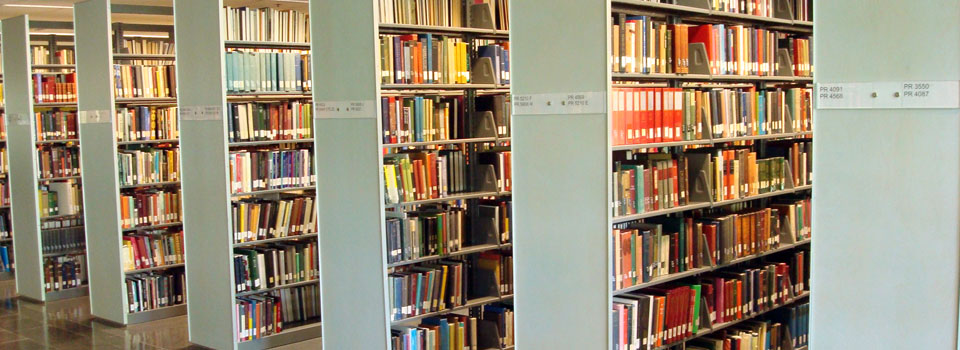HIS244H1S Early Modern Europe, 1648–1815
Primary & Secondary Sources
Secondary Sources: Books vs. Journals
Secondary sources comment on, analyze or explain the material contained in primary sources. Secondary sources are published in books and journals.
Finding Books
Finding a book on a specialized topic that is determined by a research question is challenging. This is because good books examine a topic that is broad enough to cover several hundred pages. At the same time, they incorporate a specific perspective or angle to avoid a superficial analysis of the subject. Therefore, there may be instances when only a limited number of books will be on the exact subject you are researching.
Books can be located using the library catalogue.
Finding Journal Articles
Journal articles tend to be shorter in length and are more specialized than books. Since they are published more frequently, the research findings they contain are more recent.
Some examples of scholarly, peer-reviewed journals on early modern Europe are:
- Eighteenth-Century Studies, John Hopkins University Press
- Early Modern Women, University of Maryland
- Journal of Early Modern History, University of Minnesota
- The Journal of Medieval and Early Modern Studies, Duke University.
Unlike book and journal titles, individual journal articles are not listed in the catalogue. They are indexed in databases:
- Historical Abstracts
- JSTOR
- Project Muse
- History of Science, Technology and Medicine
- British Humanities Index
- Arts & Humanities Citation Index.
Finding Primary Sources
Primary sources are accounts written by a person who was present at the event he or she is describing. It could be an eyewitness account, or a publication that comes from the author’s time period. Primary sources can be either published or unpublished.
Consider the types of primary sources that may be relevant your topic, such as:
- correspondence
- diaries
- legal documents
- reports
Digitized primary sources on early modern Europe can be located in the following databases:
- Eighteenth-Century Collections Online
- The Making of the Modern World
- Electronic Enlightenment
- Defining Gender, 1450–1910
- British History Online: Eighteenth Century.
created by: Agatha Barc | updated: July 13, 2015
